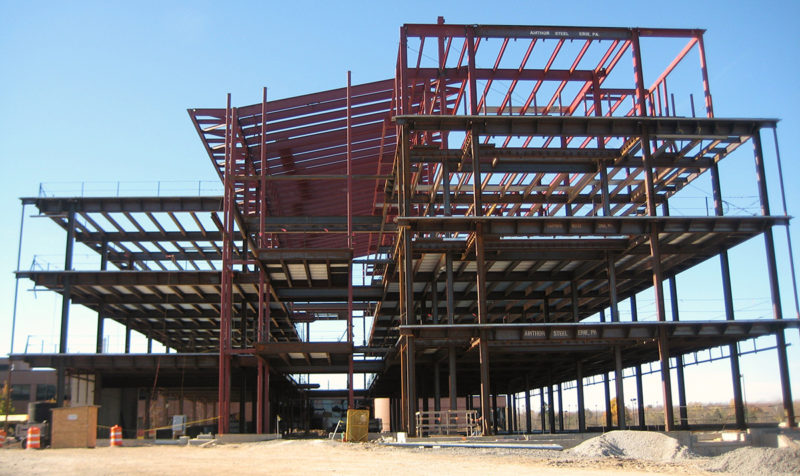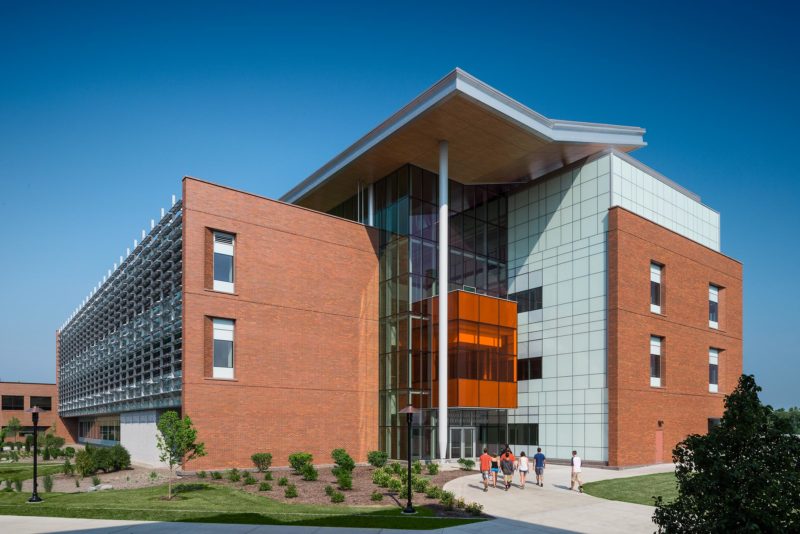KEY TAKEAWAYS
Foundational Knowledge Structural engineers’ keen understanding of structural behaviors allows them to design safe and reliable buildings.
Building Code Requirements Challenged to push their designs ever further, structural engineers rely on building codes and material standards to ensure public safety.
Striking a Balance Structural engineers keep up to date with new innovations in materials and construction methods in order to cost-effectively design safe structures.
Delivering safety while working within a project budget is a critical aspect of every design − and something that requires constant attention. However, the path to a successful design is not always obvious. Structural design challenges are often open-ended and can lead to several appropriate solutions.
Structural engineers ensure public safety by using time-tested principles in combination with reliable building materials. This expertise has been accumulated and refined by engineers, over centuries, through experimentation and research. It’s no exaggeration to say that at present, we have a better understanding of how structures behave and respond than at any point in history. With this foundational knowledge, structural engineers can design structures of all kinds with incredibly high reliability.

How to Engineer Safety
A structural engineer’s basic objective is to ensure a structure can adequately respond to an anticipated degree of loading. To accomplish this, they design each structural member such that its load capacity will not be exceeded. This can be achieved in several ways. Simply providing a greater amount of material, larger members, or using material of higher strength can achieve higher load capacities. Additionally, providing a greater quantity of individual members is another strategy. This is known as redundancy. In this scenario, a structure wouldn’t be dependent on only a small number of critical members for stability. However, exceedingly safe designs can become prohibitively expensive and unrealistic to construct.
Knowing When a Design is “Safe Enough”
The most obvious approach to ensure public safety is to adhere closely to the appropriate building code requirements and latest material design specifications. Yet even when designing to code requirements, engineers are frequently challenged to maximize value and reduce construction costs.
Balancing Cost with Safety
Pressure to balance cost and safety can sometimes test the comfort zone of engineering judgment. For this reason, it’s critical to keep an open mind and explore multiple paths to accomplish design goals, including:
- Seeking input regarding costs and constructability from others in the construction industry and looking for economical ways to approach solutions
- Keeping up to date with new innovations in materials and construction methods − many designs may be well-suited for new emerging technologies
- Looking to design solutions involving less labor, fewer materials, and a shorter construction schedule
Conclusion
Every design team is challenged to consider two important dynamics: ensuring structures are functional and safe while staying aligned with the project budget. At times, these two approaches can seem in conflict. A truly successful structural design finds the proper balance between them.

